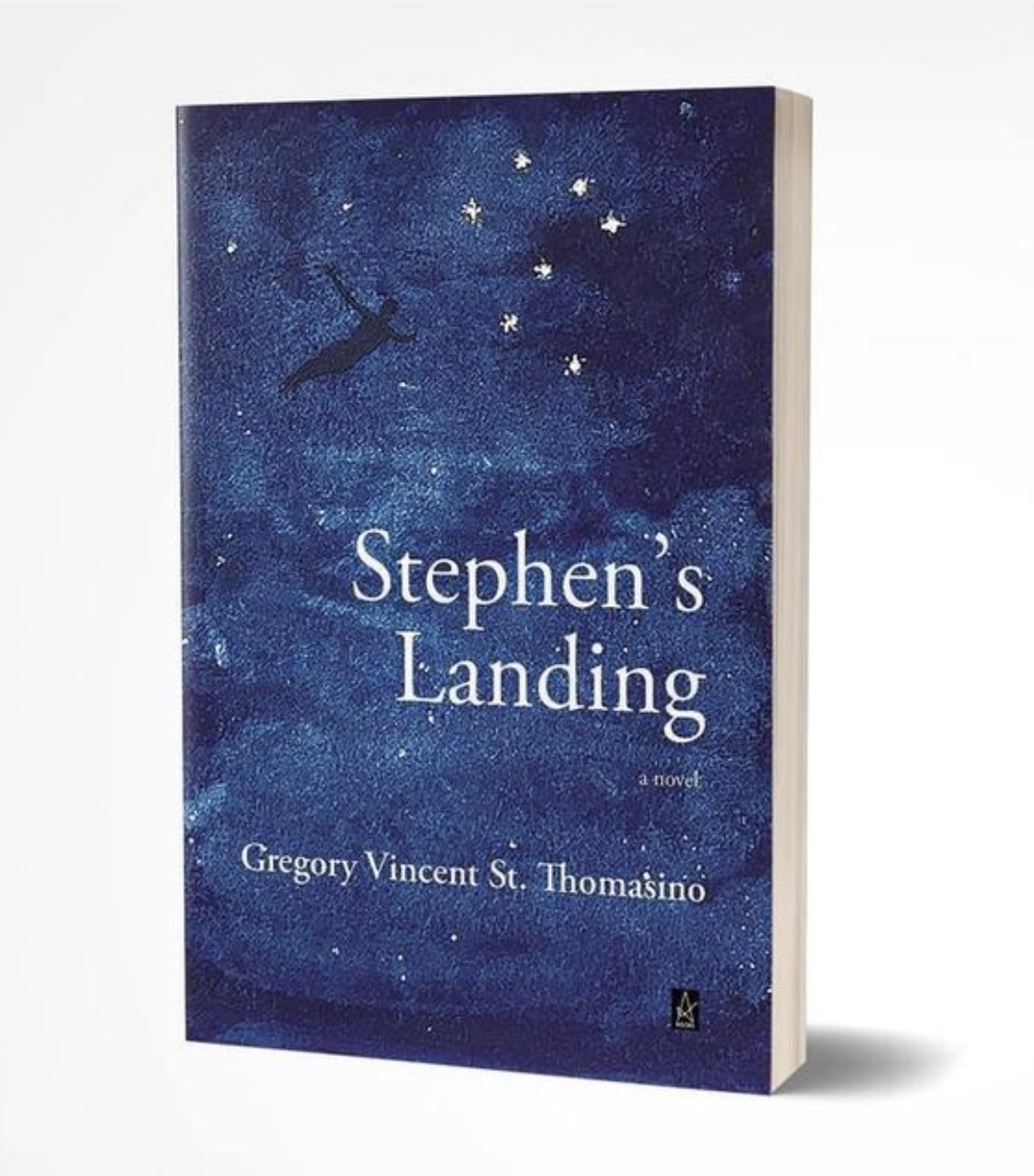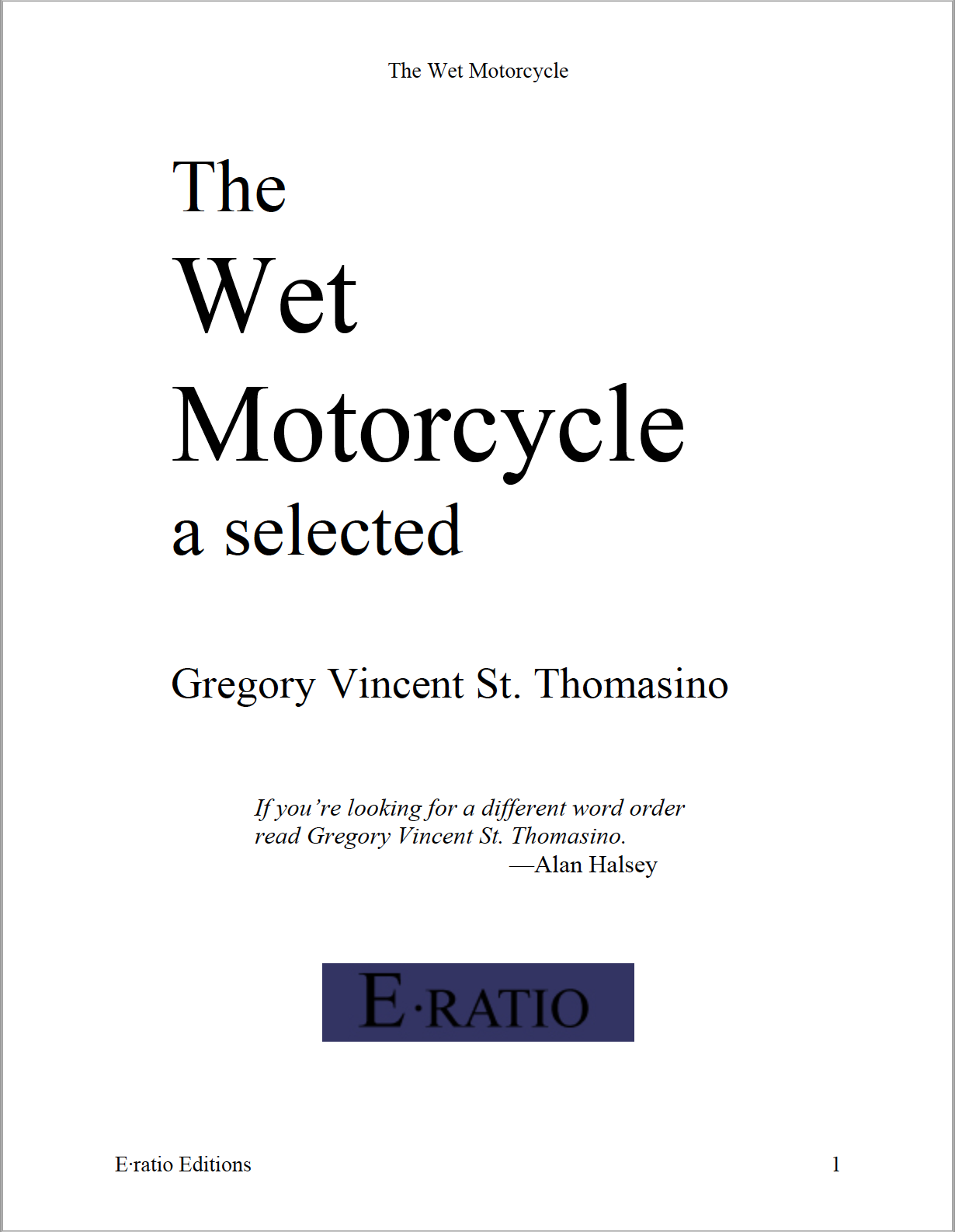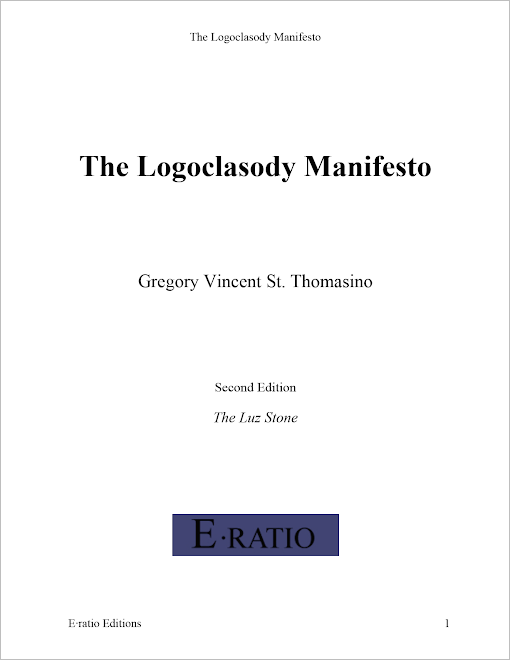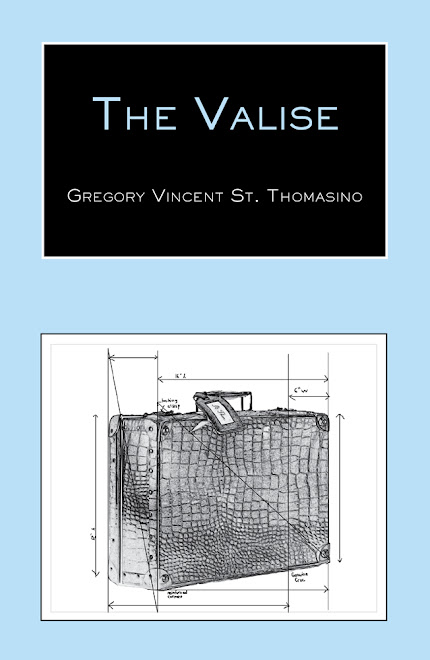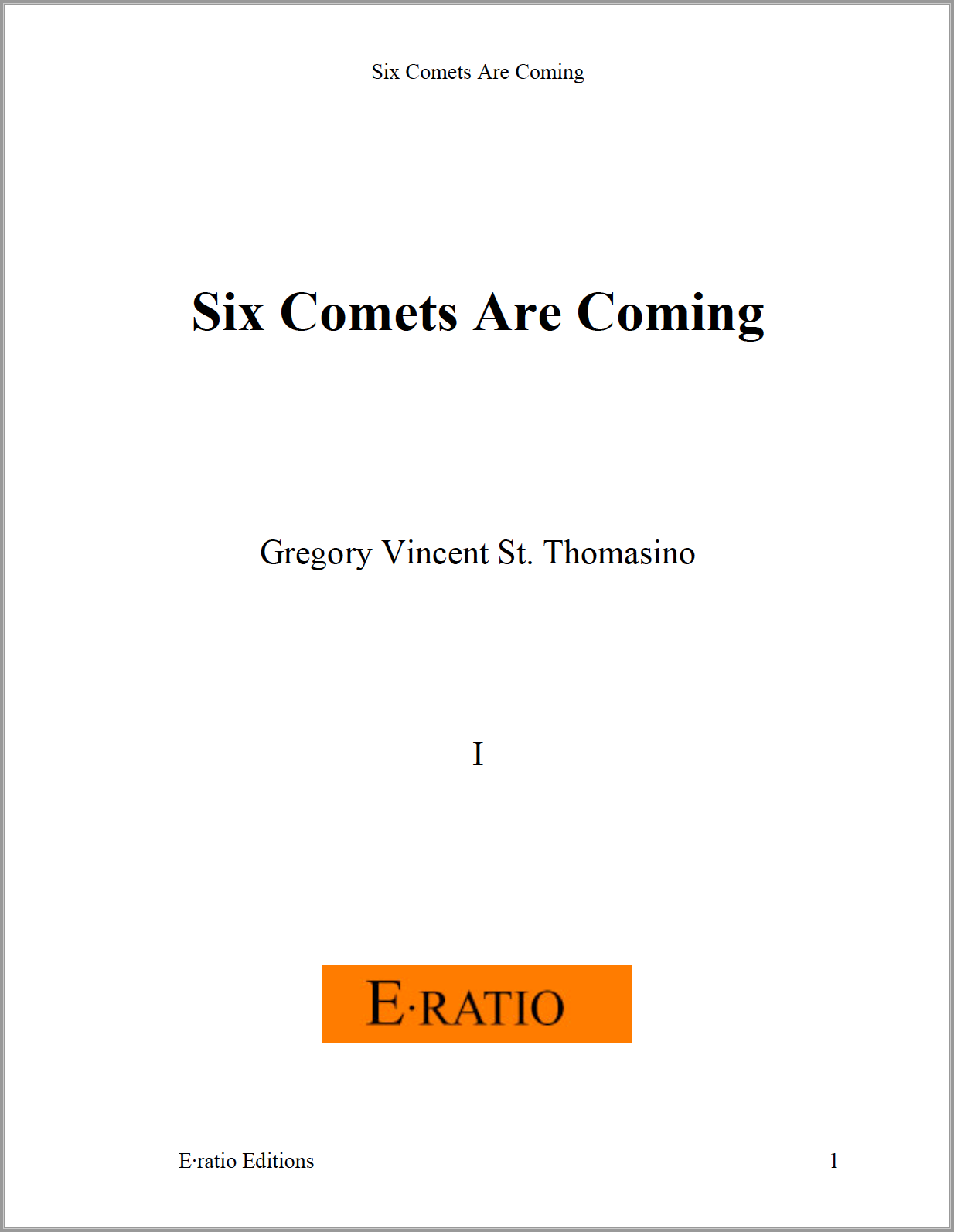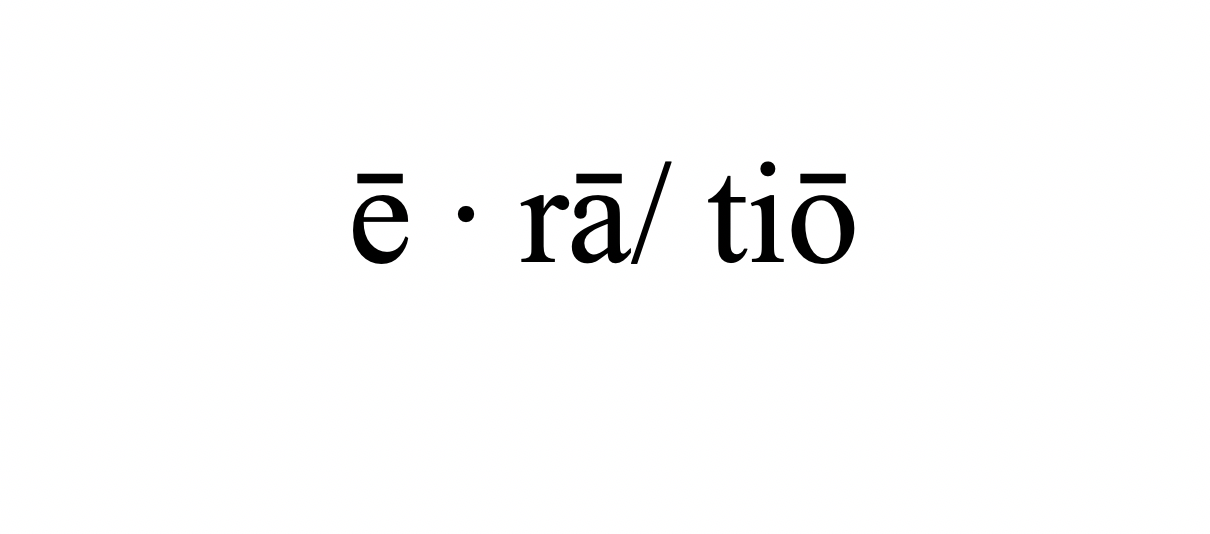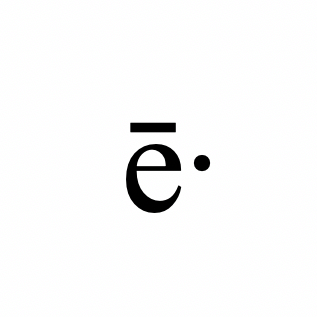 E·ratio Editions
E·ratio Editions is happy to announce the publication of
Correspondance (a sketchbook) by Joseph F. Keppler.
Correspondance (a sketchbook) by Joseph F. Keppler. Digital art.
“What can I call this work? Neither painting nor critique yet informed by art, the following are sketches to me. Rather than executed on paper, they’re drawings designed using the pervasive computer. These graphics approach oeuvre subjectively, not as meticulous copies or art history illustrations, but as some poetic efforts. My laptop simply opens a new capacity for thinking about art and drawing it. As studies these are (a)musing tributes as well as appropriate(d) attributes.” —Joseph F. Keppler, from the introduction.
Cy Twombly

Marcel Duchamp

What the cognoscenti are saying about
Correspondance (a sketchbook):
“Readability and meaning construction, as well as the relation between the visual and the literary, have been concerns of Joe’s for many years. In Correspondance we see Joe, who is also an astute critic on both literary and visual art, take an artist’s approach, a visual poet’s approach, a visual artist’s approach. Joe Keppler is very unusual in his deep engagement both with art history and the literary. He’s a poet, a visual poet, a sound poet, a sculptor of steel, a photographer, a painter, a polyartist. Not only in his practice but in his wide reading and viewing of contemporary and historical work. I don’t know anybody else as voracious as he is not only in his own artistic practice but in learning about art and philosophy. He is an incredibly learned man as well as an important poet and artist. He shows us what it now means to be literate.” —Jim Andrews, Vispo ~ Langu(im)age
“Correspondance is suffused with correspondence, bright exchanges between artist and subject, playful responses between form, light, color, and art history. Poet and sculptor, Joe Keppler brings both mediums to bear, poetry and sculpture, word and material, hand in hand. Keppler adds a third-dimension to the graceful dance (Joe the humble artist says, ‘bump’) through his lifelong study of painting and sculpture: allusions to significant works, quotations of style, and adaptations that bring old works to new life. In this series of sketches, poet, artist, and art will wheel you across the dance floors of the page.” —Crag Hill, Poetry Scorecard
Also available from
E·ratio Editions:
#5.
Six Comets Are Coming by Gregory Vincent St. Thomasino. Volume I of the collected works including Go and Go Mirrored, with revised introductions, corrected text and restored original font.
#4.
The Logoclasody Manifesto. Gregory Vincent St. Thomasino on logoclasody, logoclastics, eidetics and pannarrativity. Addenda include the Crash Course in Logoclastics, Concrete to Eidetic (on visual poetry) and On Mathematical Poetry.
“As an exegetical object, Logoclasody documents quite brilliantly an ontological crisis in poetry and is, by design, an exemplar both of the problem and the solution. St.Thomasino conceives the central aporia of writing as one of recovering, from the ruin of a necessarily incomplete knowledge, the deep-structure(s) of representation. And by exploiting the tension between grammatical function and the irruptive energies of text itself, the St. Thomasinian program deploys logos as an expressive motif, through which are diffracted both meaning and its contested relationship to language.” —Scott Wilkerson, Columbus State University
#3.
Waves by Márton Koppány. Visual poetry.
“These works are minimalist by design, but should we paraphrase the thought channeled therein, the effect would be encyclopedic, ranging through philosophy, psychology, politics, and the human emotions.” —Gregory Vincent St. Thomasino on Márton Koppány
#2.
Mending My Black Sweater and other poems by Mary Ann Sullivan. Poems of making conscious, of acceptance and of self-remembering, and of personal responsibility.
#1. Gregory Vincent St. Thomasino joins John M. Bennett
In the Bennett Tree. Collaborative poems, images, an introduction and a full-length critical essay pay homage to American poet John M. Bennett.
 taxis de pasa logos
taxis de pasa logos






